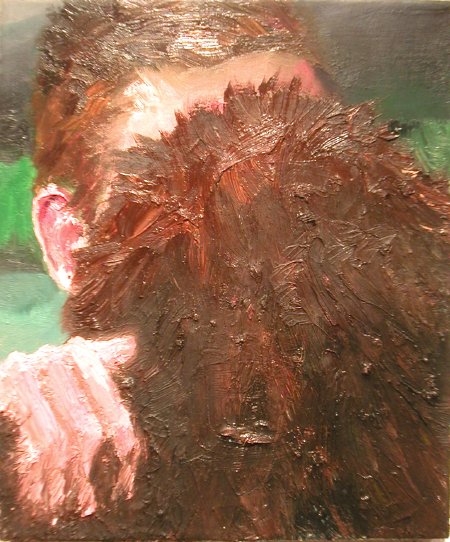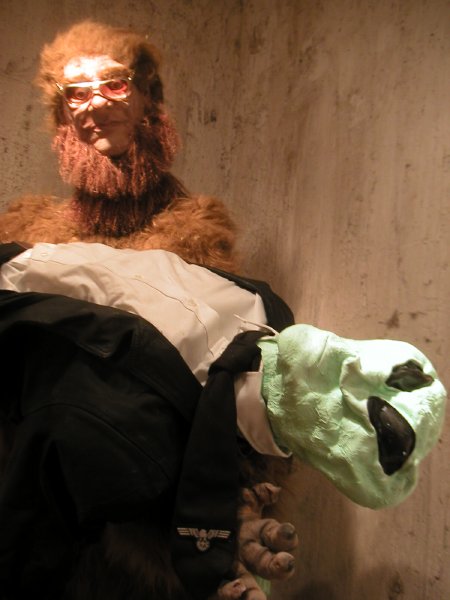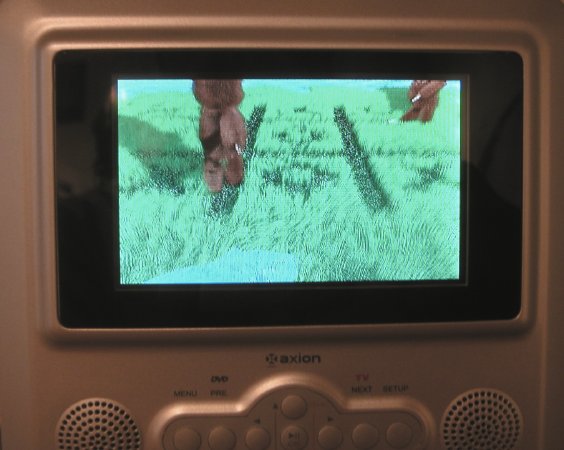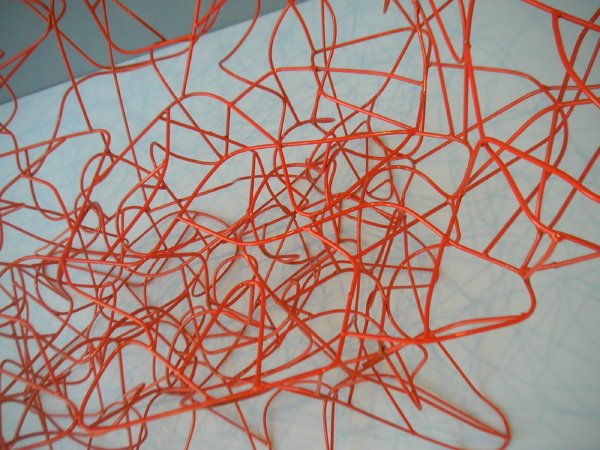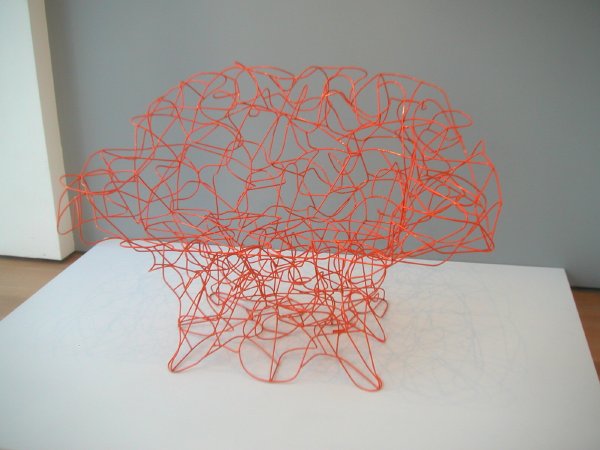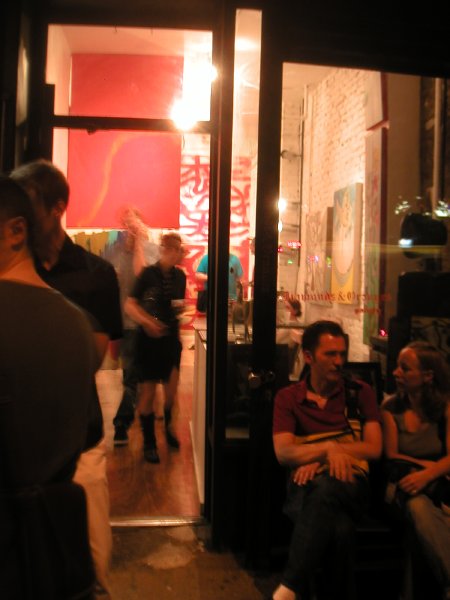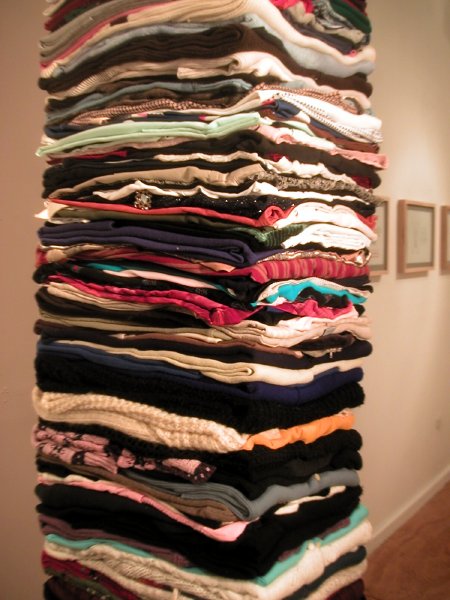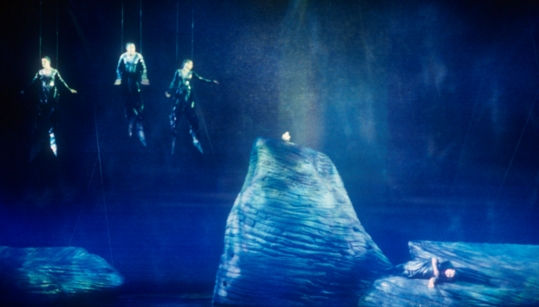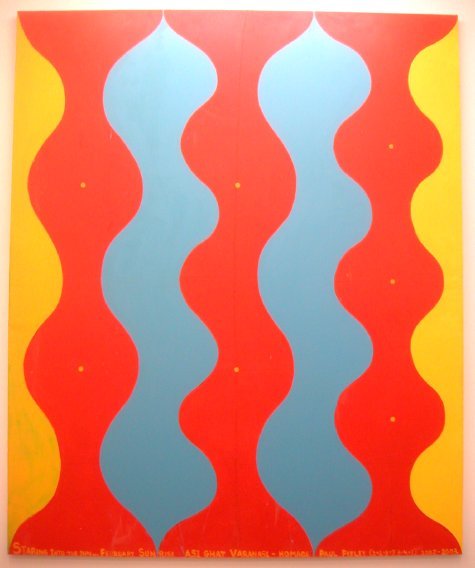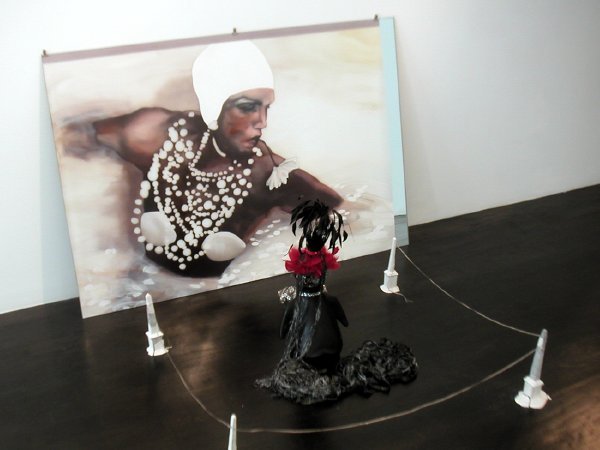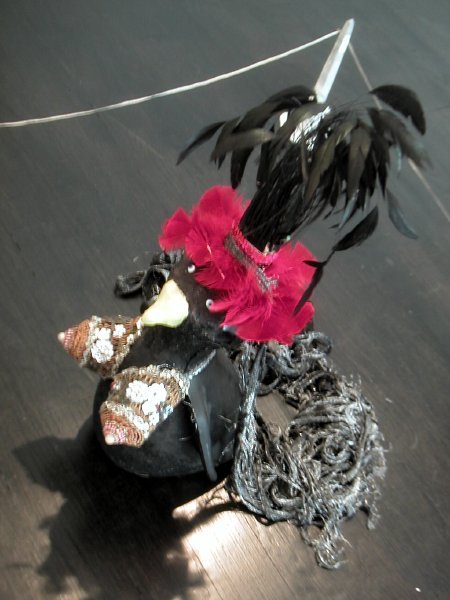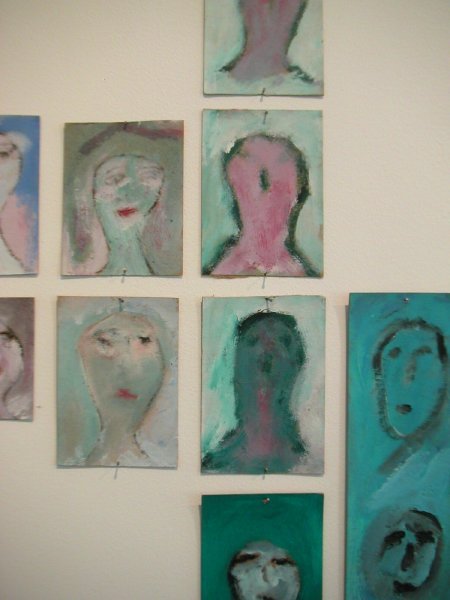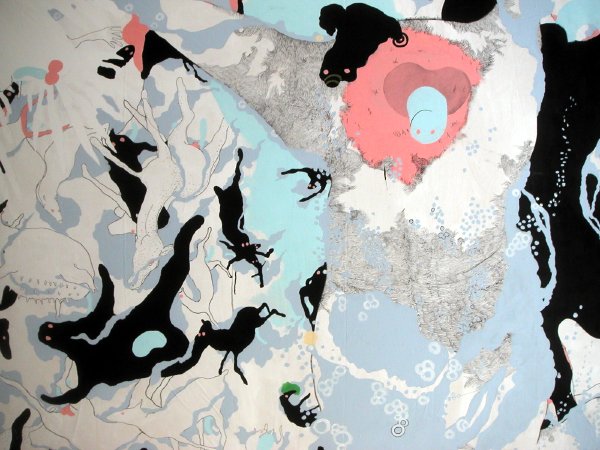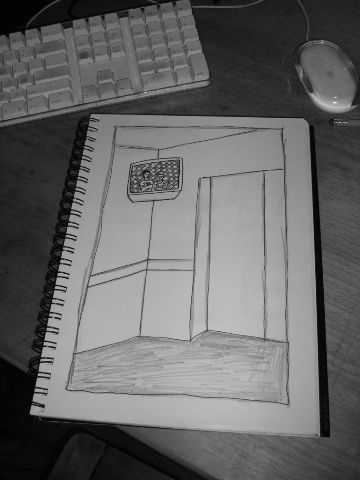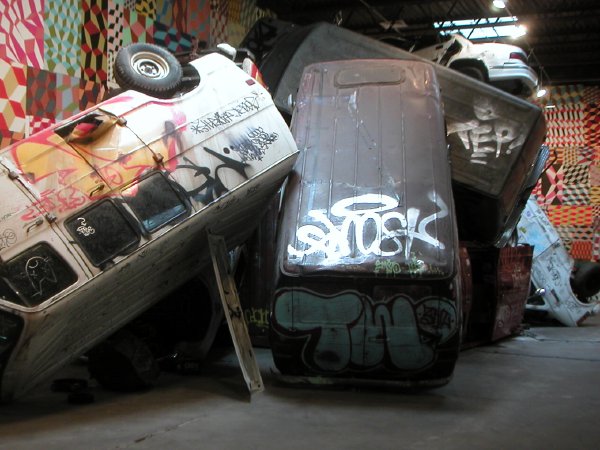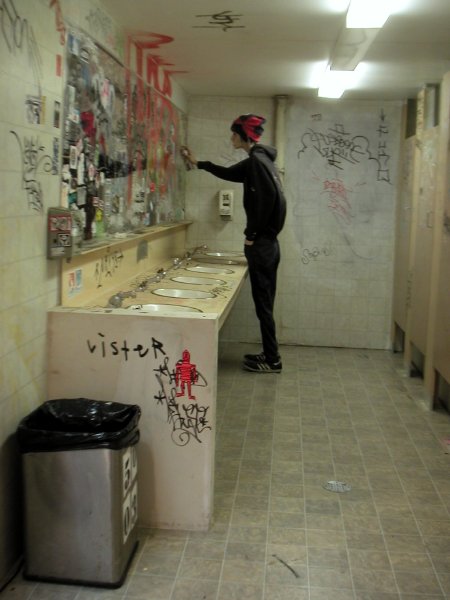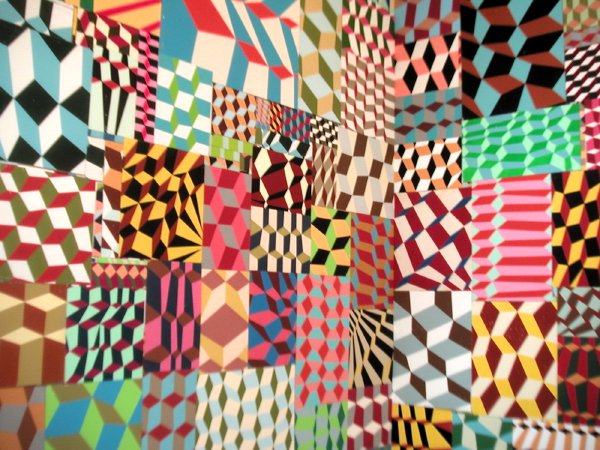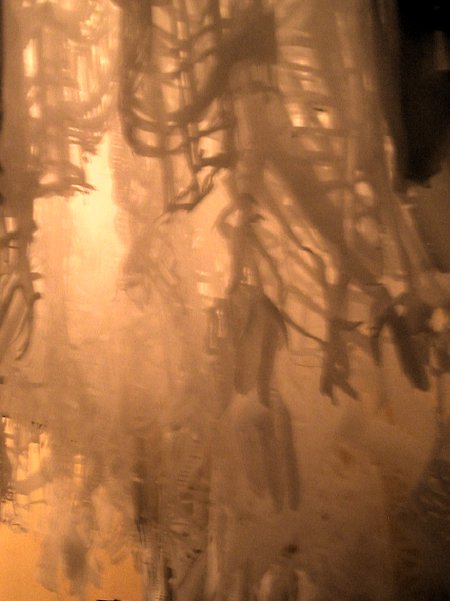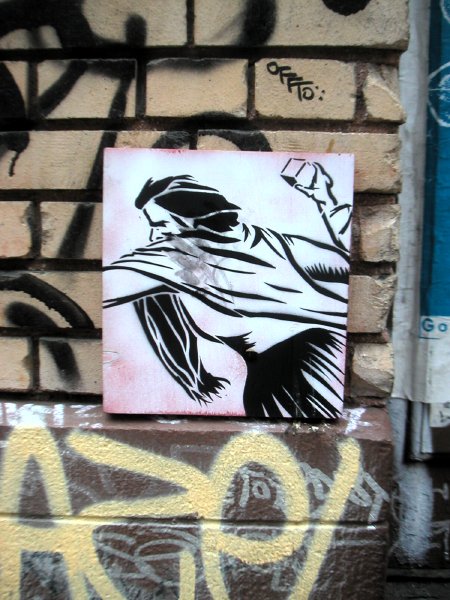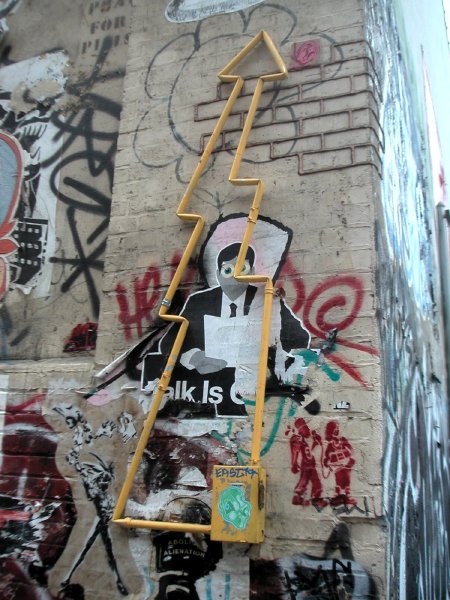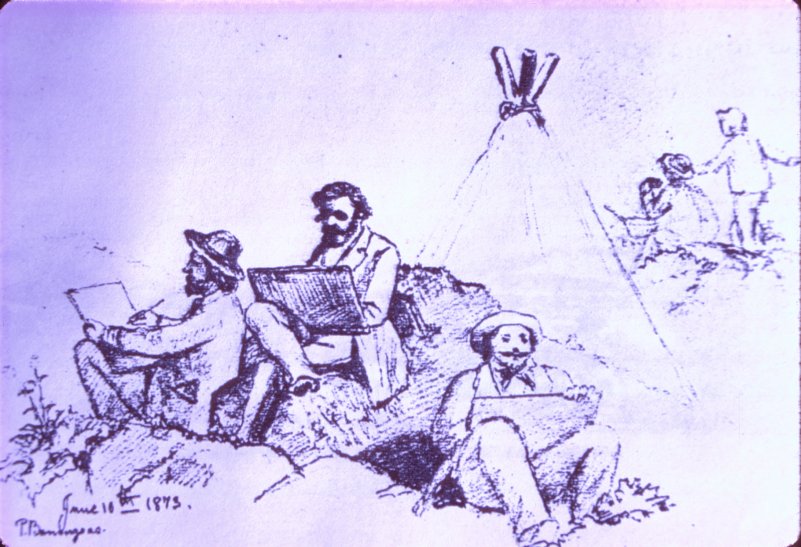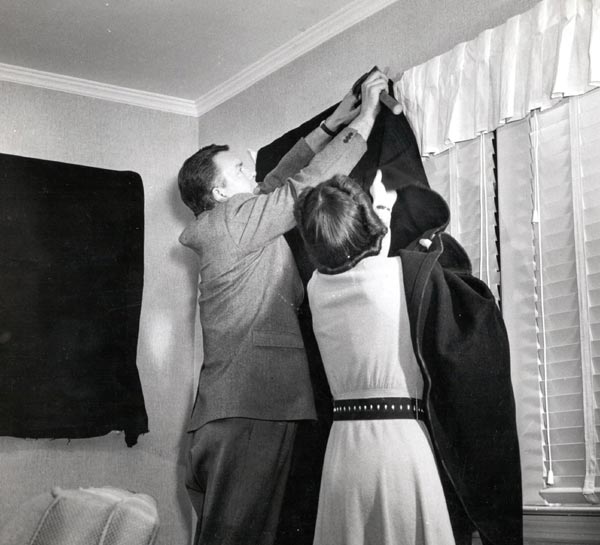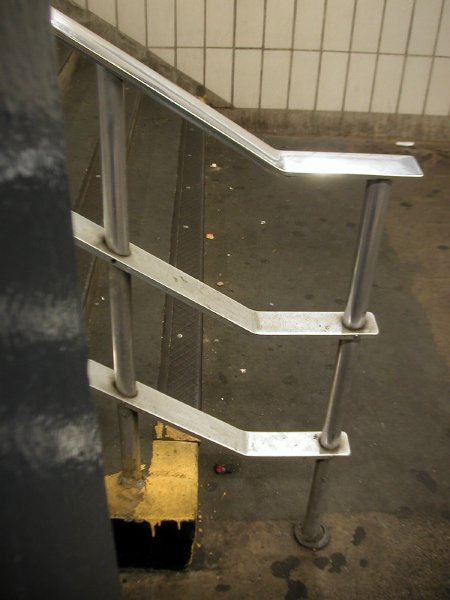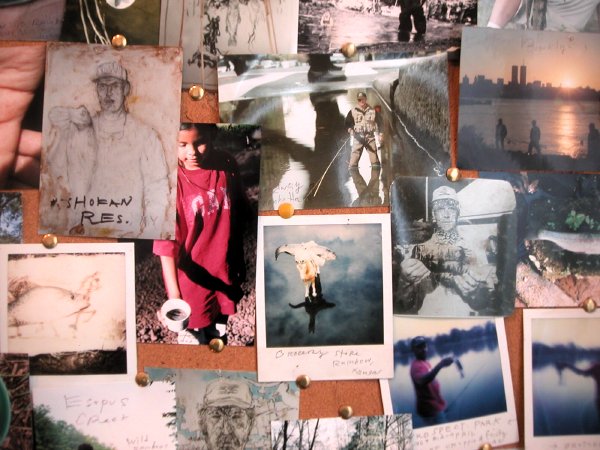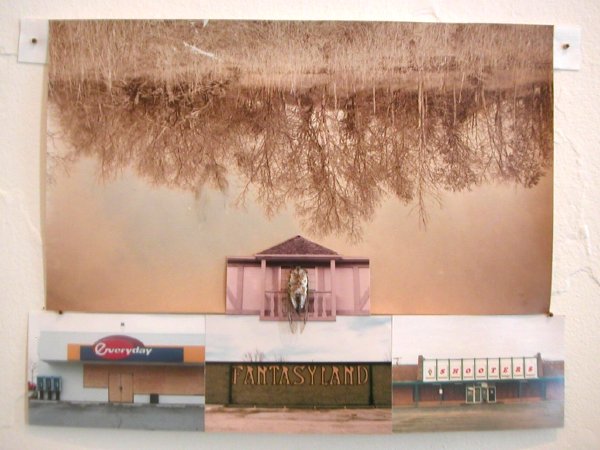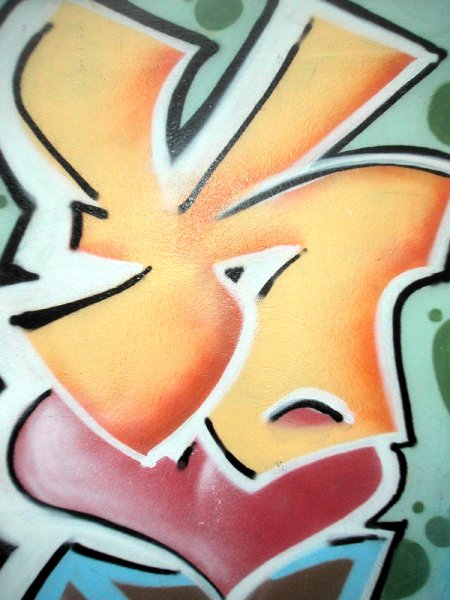UPDATE: post now includes lots of links
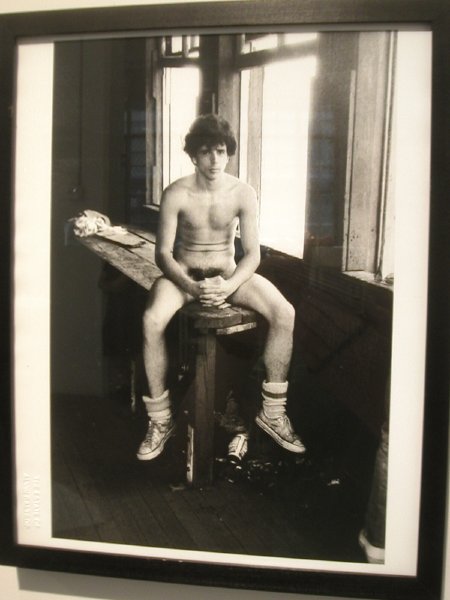
Alvin Baltrop Moment: NYC West Side Piers one of several images 1975-1986, printed 2005, gelatin silver prints 11" x 14" [detail of installation]
"Homomuseum? I didn't know there was one!" answered a friend when I suggested he join us on a visit to the current show at Exit Art. The exhibition bears the title, "Homomuseum: Heroes and Moments," and I was using the more catchy name, hoping it would attract a young homo's immediate attention. It didn't work. Only a movie would do it for him that day.
Maybe there's a story there, but I don't want to read too much into his indifference last Saturday. He and his partner had been to two great cultural museums the day before. And besides, Barry and I were ourselves only then heading up 10th Avenue, at least ten weeks after the show opened. And we know some of the artists, and we had been hearing about it for months.
Characteristicaly, we arrived on what was originally supposed to be its last day, but now this very moving and beautiful show has been extended until Friday, August 19. This temporary reprieve also has its sad side, since it serves as a reminder that in New York, and indeed in this entire country, there is no permanent Homomuseum on the order of Berlin's twenty-year old Schwules Museum.
Like the Berlin museum, this show is about history, but it's considerably less parochial than the institution which inherited the legend of the pioneering German researcher and cultural guardian Magnus Hirschfeld. This is what we should expect from the city which effectively functions as the world's capital these days. The New York show is an account which stretches from the immediate past back until, well, ancient history. It actually starts in the mists of pre-history with an image of two female Bonobo apes pleasuring each other under the inquisitive gaze of a young son, moves through the fourth century before the Christian era to a sculpture installation depicting Alexander lying beneath his lover Hephaestion [the medium: suspended empty U.S. military shell cases], and continues to our own moment with projected images of AA Bronson and a description of the opening night performances by black male diva songstresses.
Exit Art's assignment for this installation is distinctive from any other homo museum in one major repect: The exhibits are created by artists. Twenty-seven lesbian, gay, bisexual and transgender artists have created very personal conceptual portraits of queer heroes who have influenced culture, or of works which they feel strongly represent important moments in queer history. These are the "heroes and moments" of the show's title.
Just to give an idea of the range of the work displayed, some of the exhibits not represented in the images below are James Bidgood and his hero Tony Duquette, ak burns and his hero Jack Smith, Geoffrey Hendricks and Sur Rodney (Sur) and their heroes and moment, "Homosexuals burned in the Middle Ages," Derek Jackson's and his heroes "Diva Songstresses," Marget Long and her hero Mercedes McCambridge, James Morrison and his hero Felix Gonzalez-Torres, and Phillip Ward and his hero Quentin Crisp.
Okay, how do we get a real, dedicated museum? We could argue forever about what should be its function or its mission, but surely by now we should be able to find the people to run it and the bucks to fund it. After all, we weren't born yesterday.

Alvin Baltrop Moment: NYC West Side Piers one of several images 1975-1986, printed 2005, gelatin silver prints 11" x 14" [detail of installation]

Christopher Clary Hero: AA Bronson
"AA Bronson (My Healer)" 2005 slide show installation [view of installation still]

JP Forest Hero: Sal Mineo
"Sal Mineo" 2005 mixed media 18" x 24" x 78" [large detail of installation]

Aaron Krach Hero: The dance floor
"DANCEFLOOR" 2005 Plexiglas 12' x 12' [detail of installation]

Rune Olsen Hero: The Bonobo Ape
"Hear Me Roar" 2004 Sharpie markers on tape, blue mannequin eyes, newpaper and wire 29" x 52" x 46" [large detail of installation]

Milton Rosa-Ortiz Hero: Alexander the Great
"The Sacred Band in Elysium" 2005 casings, monofilament, glass seed beads 204" x 96" x 108" [detail of installation]

Mary Ellen Strom Hero: Gustave Courbet's "The Sleepers"
"Nude No. 5, Eleanor Dubinsky and Melanie Maar" 2004 video installation [still from installation]
See Barry for more.

